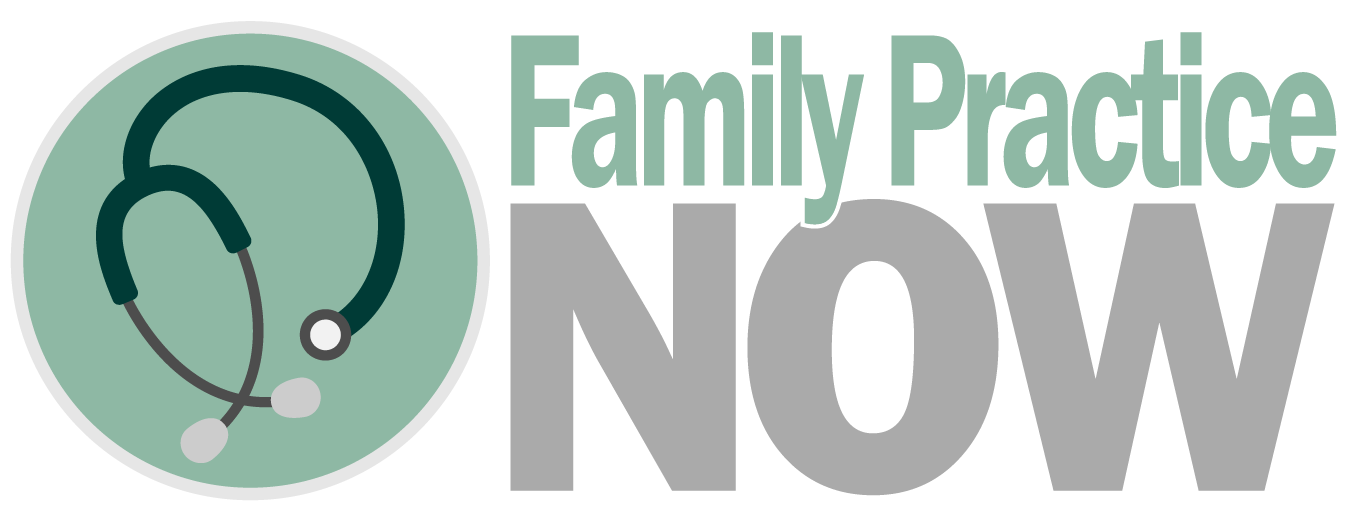Dermatologist talks about what atopic dermatitis is, it's symptoms and how it is diagnosed.
What is Local Dermatologist
If you have a skin condition such as eczema, psoriasis, acne, dermatitis, suspicious mole that could be skin cancer or an unidentified rash, your local family physician may refer you to a local dermatologist. A local dermatologist a physician who has trained in treating skin, nail and hair conditions. Skin conditions can be common in people of all ages, and often accompany another medical condition. For example, people with psoriatic arthritis have both arthritis and psoriasis and may work with both a local rheumatologist and a local dermatologist. People with lupus may experience a lupus rash and work with both a local rheumatologist and dermatologist.
About The American Board of Dermatology; The American Board of Dermatology is one of 24 medical specialty boards that make up the American Board of Medical Specialties (ABMS).
The American Academy of Dermatology is the largest, most influential, and representative dermatology group in the United States. Find resources on membership, AAD meetings, education, practice management, publications, clinical care, and more.
Cosmetic Surgery Foundation (CSF) serves as the research and education arm of AACS and is committed to the advancement of the science of cosmetic surgery and the enhancement of patient safety and trust.
A patient with PCOS may suffer from women’s hair loss and work with both a local family physician or gynecologist and a dermatologist. Other skin irritations and conditions can be caused by environmental factors, such as dermatitis from perfume or detergent. Some local dermatologists also perform cosmetic procedures such as dermal fillers and Botox for anti-aging; laser resurfacing for treating sun-damaged skin; and chemical peels for acne scars. If you’d like more information about seeing a local dermatologist, it’s ideal to start by talking to your local family physician.
If your family physician may refer you to a dermatologist to make the diagnosis of atopic dermatitis. The diagnosis will be based on your history of chronic itch, scaling and the characteristic pattern of involvement in different areas of the body. The pattern of atopic dermatitis changes depending on your age. In children, the condition often appears on the head and neck; in adults, it generally appears in the folds of the body (called the antecubital fossa) or the area just by the crook of the elbows, or back of the knees. It can also involve the hands.
Canadian Alopecia Areata Foundation The Canadian Alopecia Areata Foundation supports those affected by Alopecia Areata, promotes awareness and education of this auto-immune disease, and raises funds for research.
Canadian Skin Patient Alliance : We help people impacted by skin, hair, and nail conditions live healthier lives.
Prime Scholars is an academic international peer-reviewed publishing house covering major subjects like Agriculture and Aquaculture, Chemistry, Clinical Sciences, Engineering, Environmental Sciences, General Science, Genetics & Molecular Biology, Immunology & Microbiology, Materials Science, Medical Sciences, Neuroscience & Psychology, Nursing & Health Care, Pharmaceutical Sciences, Veterinary Sciences.
Rosacea: Triggered by certain foods, alcohol, stress, sunlight or an intestinal bacteria, rosacea is a chronic skin disease that causes raised red bumps, facial flushing, skin sensitivity and dryness.
• Squamous cell carcinoma: This skin cancer often occurs in areas exposed to the sun, causing red and scaly patches of skin that grow into red bumps
• Vitiligo: Autoimmune destruction of the cells that give skin its colour causes loss of pigment in the skin
• Warts: A contagious virus called human papillomavirus (HPV) causes warts, which may appear in groups or alone
Useful Resources
Canada
Royal College of Physicians and Surgeons of Canada
Northwest Territories
Nunavut
United States of America





